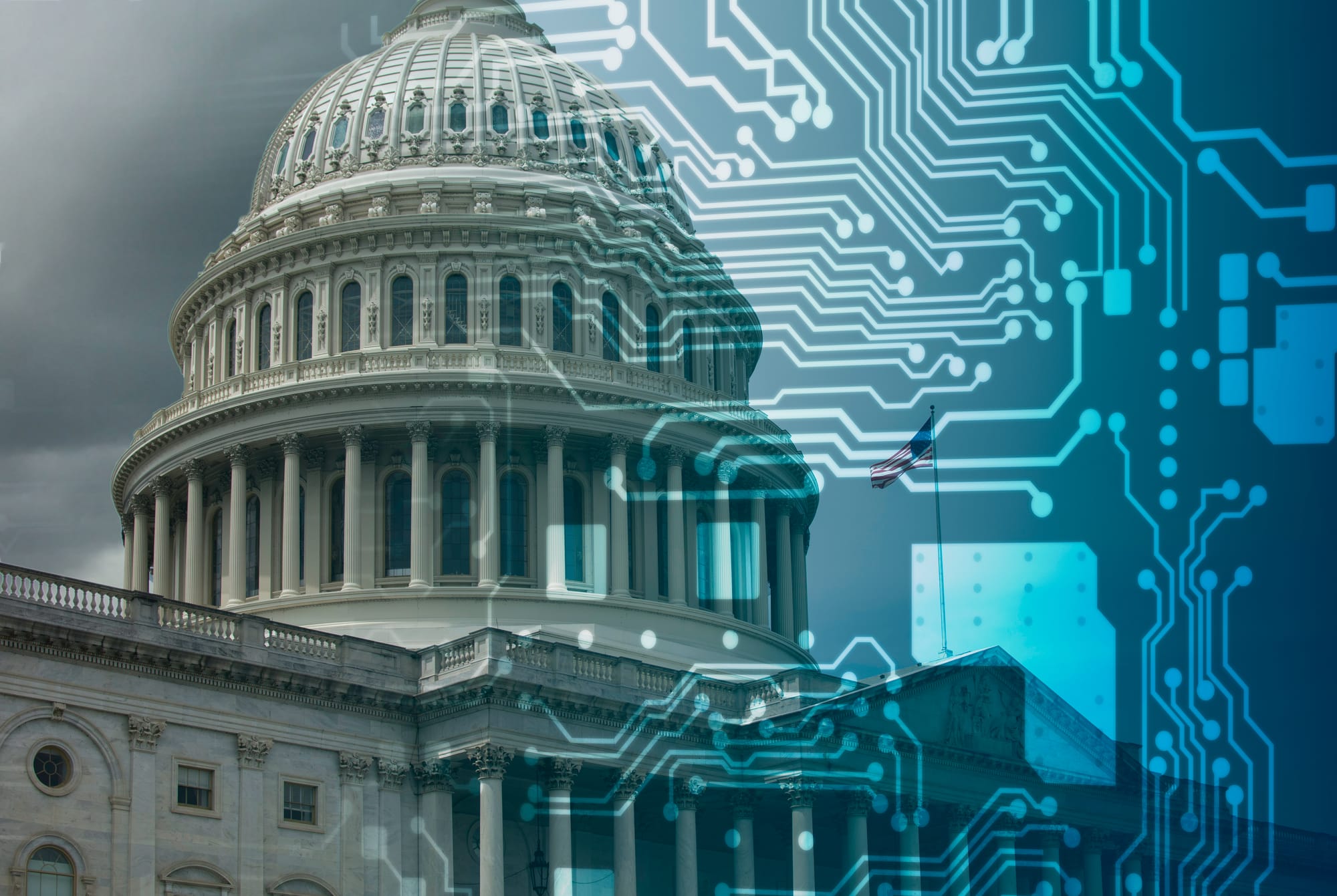EVERYWHERE I.T. INFRASTUCTURE STATERGY - REPLACING STATEGIES BASED ON SPECIFIC LOCATIONS AND TECHNOLOGY STACKS

The Future of Everywhere IT Infrastructure Strategy
The concept of "Everywhere IT Infrastructure" is rapidly reshaping how organizations plan, implement, and manage their IT ecosystems. This approach addresses the increasing need for agility, scalability, and integration in an era where digital boundaries are continually expanding. The future of IT infrastructure lies in a ubiquitous, decentralized framework that supports the seamless integration of on-premises, cloud, and edge environments.
The shift towards everywhere IT infrastructure is driven by several key factors including technological advancements, the proliferation of data, changes in work habits, and increased demand for real-time services. As businesses continue to digitize their operations, the need for robust, flexible infrastructure that can operate efficiently across various platforms and locations becomes essential.
In the coming years, the focus will be on creating interconnected environments that not only support existing applications but are also adaptable to new technologies and business models. IT infrastructure strategies will increasingly rely on artificial intelligence (AI), machine learning, automation, and advanced data analytics to optimize operations and improve decision-making processes.
Gartner report: "Design an IT Infrastructure Strategy Ready for the Unknown." Get the report
Key Components of Everywhere IT Infrastructure
Everywhere IT infrastructure encompasses a variety of technologies and strategies designed to create a cohesive and efficient IT environment. Below are the key components that are vital for the future of IT infrastructure:
- Hybrid Cloud Environments: Combining public clouds, private clouds, and on-premises resources to create flexible, scalable, and secure environments. Hybrid clouds allow organizations to keep sensitive data on-premises while leveraging the scalability of public cloud for less sensitive operations.
- Edge Computing: This involves processing data near the source of data generation rather than relying solely on a centralized data center. Edge computing reduces latency, enhances data processing speeds, and improves connectivity for remote operations.
- SD-WAN (Software-Defined Wide Area Network): Essential for enhancing connectivity across distributed environments, SD-WAN helps manage and optimize network traffic dynamically. This is particularly crucial for organizations that operate multiple branches or have a significant remote workforce.
- AI and Machine Learning: These technologies are integral for automation and predictive analytics, helping organizations anticipate needs and automate routine tasks. AI-driven insights also aid in proactive infrastructure management and cybersecurity.
- Cybersecurity Mesh: As IT infrastructure disperses, cybersecurity needs to be adaptive and robust. A cybersecurity mesh provides a flexible, modular approach, allowing security to be embedded in devices, applications, and data, irrespective of the landscape.
Strategic Planning for Everywhere IT Infrastructure
Adopting an everywhere IT infrastructure requires careful planning and strategy. Organizations must consider several aspects to ensure effective implementation:
- Assessment and Planning: Understanding current IT capabilities and future needs is the first step. This involves assessing existing infrastructure, applications, and workflows to identify areas that need upgrades or modifications.
- Investment in Connectivity: As operations become more dispersed, robust connectivity becomes critical. Investment in high-speed internet connections, as well as technologies like 5G, is essential for supporting the increased traffic and spread of the network.
- Scalability and Flexibility: The infrastructure must be scalable to handle varying loads and flexible enough to integrate new technologies. This can be achieved through modular designs and cloud-native applications.
- Data Management and Analytics: Efficient data management strategies are pivotal in an everywhere IT infrastructure. Organizations need to be able to collect, process, and analyze data efficiently across various environments.
- Security and Compliance: Security strategies need to be integrated and comprehensive, addressing not only the physical and software barriers but also organizational policies and compliance requirements.
Challenges and Considerations
While the transition to an everywhere IT infrastructure strategy offers numerous benefits, it also presents several challenges that organizations must address:
- Complexity in Management: Managing IT infrastructure across multiple environments can be complex. Tools and strategies that provide visibility and control across the entire infrastructure are crucial for effective management.
- Cost Implications: Initial investments for upgrading infrastructure, such as implementing AI capabilities or secure cloud services, can be significant. However, these costs must be weighed against the long-term benefits of enhanced efficiency and scalability.
- Interoperability Issues: Ensuring that various components of the IT infrastructure (like different cloud services and legacy systems) work together seamlessly is a major challenge. Adopting standards and protocols that support interoperability is essential.
- Regulatory Compliance: Compliance with relevant laws and regulations can be more difficult when data and services are spread across multiple locations and jurisdictions. Continuous monitoring and adaptation to these regulations are necessary.
Conclusion
The future of IT infrastructure is set towards an Everywhere Approach, incorporating the hybrid cloud, edge computing, and AI-driven technologies to create dynamic, resilient, and scalable IT environments.
While challenges exist in terms of complexity and cost, the strategic integration of these components can lead to unprecedented efficiency and competitive advantage.
Looking to the future, the priority for organizations will be to pivot from traditional, centralized IT models to a more distributed infrastructure that supports the rapid pace of digital transformation.